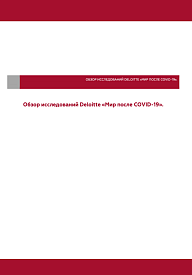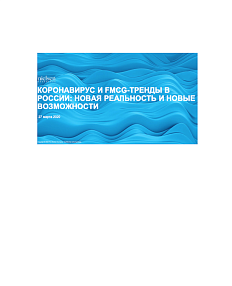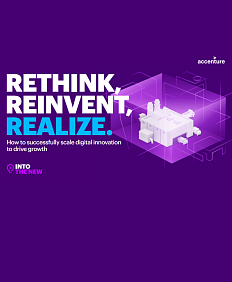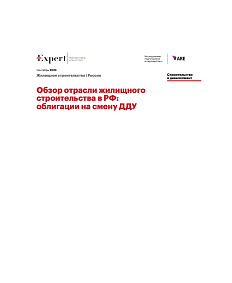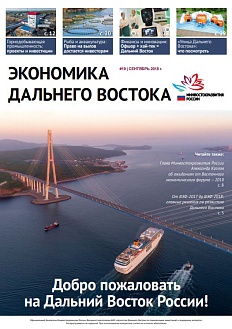There are three scenarios for coronavirus crisis development for the next 1.5–2 years
There is a number of scenarios for societal and business impact of the coronavirus situation. Deloitte experts offer three scenarios of what awaits us in the next 1.5–2 years under new conditions. Those scenarios can be used for short- and medium-term strategic, operational, and financial planning.
1. Positive scenario
Efficient public measures together with a shorter turnaround time for tests will help contain the virus and overcome the critical phase within the next few months.
2. Negative scenario
The pandemic will last longer. Coronavirus outbreaks will keep happening until autumn, which will prevent us from overcoming the crisis in the nearest months. A longer recession, a low supply and demand level, and financial turmoil will have a negative impact on the social and economic life.
3. Worst case scenario
The states that believe the situation is currently under control will have to face the return of the virus, while other countries that struggle in their fight against COVID will discover that their efforts are fruitless.
Potential coronavirus crisis scenarios for the next 3–5 years
Deloitte experts suggest reviewing longer timelines and potential forecasts for the next 3–5 years. These timelines open up opportunities for bigger change. At the same time, they are enough for those leaders who want to take practical steps for improving continuity of their organizations.
1. The passing storm
The virus is eradicated earlier than expected due to coordinated measures by global players to spread awareness and share best practices. Their competence in the crisis renews trust in public institutions. Despite being relatively short-lived, the pandemic causes long-term economic impacts.
2. Good company
The COVID-19 pandemic persists past initial projections, placing a growing burden on governments around the world that struggle to handle the crisis alone. A surge of public-private sector partnerships emerges as companies step up as part of the global solution. New ‘pop-up ecosystems arise as companies across industries partner to respond to critical needs and drive much-needed innovation. Social media companies, platform companies, and tech giants gain new prestige.
3. Sunrise in the east
China and other East Asian countries manage the disease more effectively, whereas Western nations struggle with deep and lasting impacts — human, social, and economic — driven by slower and inconsistent responses. The global center of power shifts decisively east. The ability of China, Taiwan, and South Korea to contain the outbreak through strong centralized government response becomes the ‘gold standard’.
4. Lone wolves
The COVID-19 pandemic becomes a prolonged crisis as waves of disease rock the globe for longer than anyone was prepared for. Mounting deaths, social unrest, and economic freefall become prominent. Nations put strict controls on foreigners and force supply chains home in the name of local security. Countries grow isolationist in the name of domestic safety. Government surveillance is commonplace, with tech monitors on people and their movements.
At the end of their research Deloitte experts remind us that these scenarios suggest a range of possible outcomes as the COVID-19 crisis evolves. It is too soon to tell which of these or other scenarios will emerge, but resilient leaders are preparing now for what the future may hold.
The original article is available here (in English):


